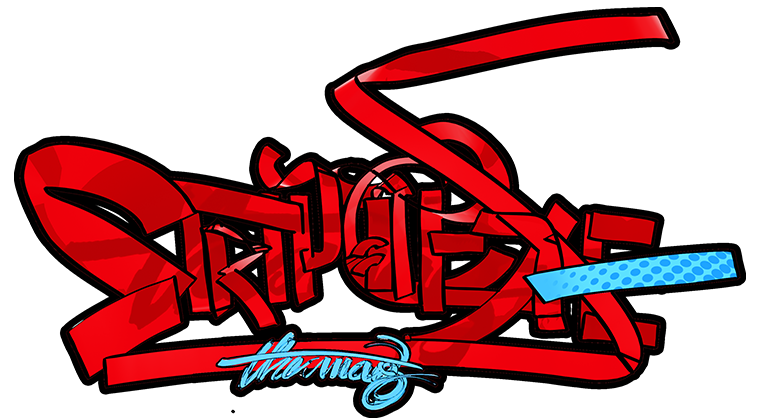Orange Radius’ Blind Spot
Every medium of art has different formats it expresses itself in, and graphic novels are no exception. There are long multi-episodic novels such as Sandman or Y : The Last Man, standalone graphic novels such as Fun Home or Persepolis, and lurking behind them the not so popular but great nonetheless, short stories united by a common theme. Blind Spot is one of those.

Blind Spot is published by Orange Radius, who are known for their teenage superhero Parshu. This graphic novel was a deliberate effort to break away from the superhero mould and take the publishing house in a new direction. The change came easier to Raveesh Mohan, head of Orange Radius and the writer of Blind Spot, as he had been writing short stories for ages, but the superhero genre and its story arcs were new to him at first and therefore took much longer to pen down.
Raveesh Mohan finds the human mind and it’s inner workings fascinating. Enthralled by the limits the ‘common man’ will go to when faced with unexpected situations he wrote four short stories, starting with an emotion as the base he built the characters around it with each story tackling a different sin.” I did not create a world of fantasy in Blind Spot,” says Mohan, “I created characters and stories borrowed from everyday life and built a story believing that man is capable of almost anything.”

Once he had completed his stories he gathered a team of artists to illustrate them. His idea was to have the artwork done in different styles by different artists for each story, styles which would suit them and allow them to stand out.
For the first story, Layers, Murtuza Ali Hussainy frames the panels and uses the gutters in such a way it has the look and feel of a slick noir action flick. The artwork is detailed up to a moment, it’s as if they don’t want them to get in the way of the story and its pace. Two cops are out on a mission, black and white flashbacks catch you up with their motivations. What unfolds later may not come as a surprise to fans of this genre, but more on that later.
Crosshairs, illustrated by Vipul Bhandari and Nikhilesh Khatri, focuses on the minutiae of the procedure of a hit-man setting up his equipment while the story unfolds through exposition by inner monologue. Using shadows and a wide variety of angles, they keep the reader involved till the end.
Sanman Mohite’s Futile is the most cinematic of the lot. The breakneck pace and action of a prisoner and his escape are beautifully captured using a dark colour palette. Panels of different shapes and sizes have been innovatively used to build the surrounding environment of the protagonist, and the artwork is detailed.
The final story, Alive, drawn by Nikhilesh Khatri and Vipul Bhandari, evokes the styling of a South-Indian action blockbuster for me. Maybe it’s only the Rajni lookalike who is at the centre of the story, or it could be the nigh unbelievable fight sequences. A gruesome revenge story it takes a turn towards the emotional at the end.
A word of advice, all the stories in this graphic novel give you the opportunity of guessing the ending, as they rely on the trusty old ‘twist ending’. But while short story maestros like Roald Dahl and O. Henry delivered unanticipated twists that changed your whole perspective of the story or shocked your core, the twists in Blind Spot can be semi-accurately guessed at. The shock at the end is not a hammer blow but rather a lingering feeling of dread that builds to its conclusion. The graphic novel’s name is inspired from the same feeling, something that exists in our field of vision but cannot be seen, a blind spot.

